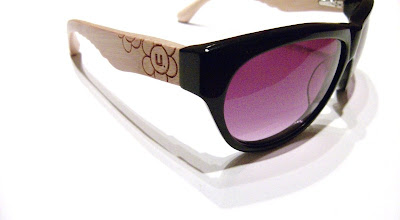If you have tried buying clothes at a Bebe or Topshop shop, you have probably worn the handiwork of a Bangladeshi woman. Bangladesh is one of the major exporters of apparel to international labels in the U.S. and London. It is also one of the places where garment factories, and there are about 4,500 of them there, are more concerned about profit as opposed to worker’s welfare.
Bangladesh’s clothing production industry centers around the urban areas of Dhaka and Chittagong and the emerging Nirsingdi district. Factories there have been a constant target of workers rights and fair trade activists because of their substandard working conditions, below-living wages and absence of standard workers’ benefits. Just recently, a United States rights advocacy group criticized a jeans factory that supplied products to German label Metro Group for allegedly “overworking to death” an 18-year-old woman.
Casualties of Bangladesh’s criticism-laden garment industry are not limited to occasional deaths like this. In 2001, around 52 workers at sweatshop factory, Choudhury Knitwears in Narsingdi died when a fire razed the structure to the ground. It was night, and the factory owner had locked the gates to make sure the workers stayed put. Of the 52 victims, most were young women while ten of them were children.
A similar incident happened in February, 2010 when a sweater factory which supplied garments to such labels as H&M went up in flames. A total of 21 workers were killed when they were trapped on the third and seventh floors. As in Choudhury Knitwear, the workers could not escape to safety because they were locked in, apparently for their own “security.”
In Bangladesh, over 2 million of its 114-million population work in the garment industry. According to the local media, only 40 percent of its garment factories have actually invested in proper fire safety equipment. If the industry does not even invest in proper equipment to protect their factories, how can we expect them to invest in the livelihood of their workers?
Unfortunately, while many global labels project themselves as socially responsible and environmentally friendly, Bangladesh, to them, remains to be a deal that is too sweet to pass up. Corporate tax rates are extremely low, labor costs are rock bottom, and production is high. The next time you see a $5 price tag on a shirt in some big box store, look to see where it was made. Perhaps then you will understand why that price can be so cheap.
But we can make a difference for places like Bangladesh. The reality is that the garment industry is extremely important to third world countries such as Bangladesh, India, China, Turkey and Pakistan. The industry creates millions of jobs for people in these countries who would otherwise have few employment options. And that’s not a bad thing. It is their exploitation for the benefit corporate profit that must stop.
By saying yes to eco friendly clothing that is fair trade we really do help bring change to this industry, one shirt at a time.


















